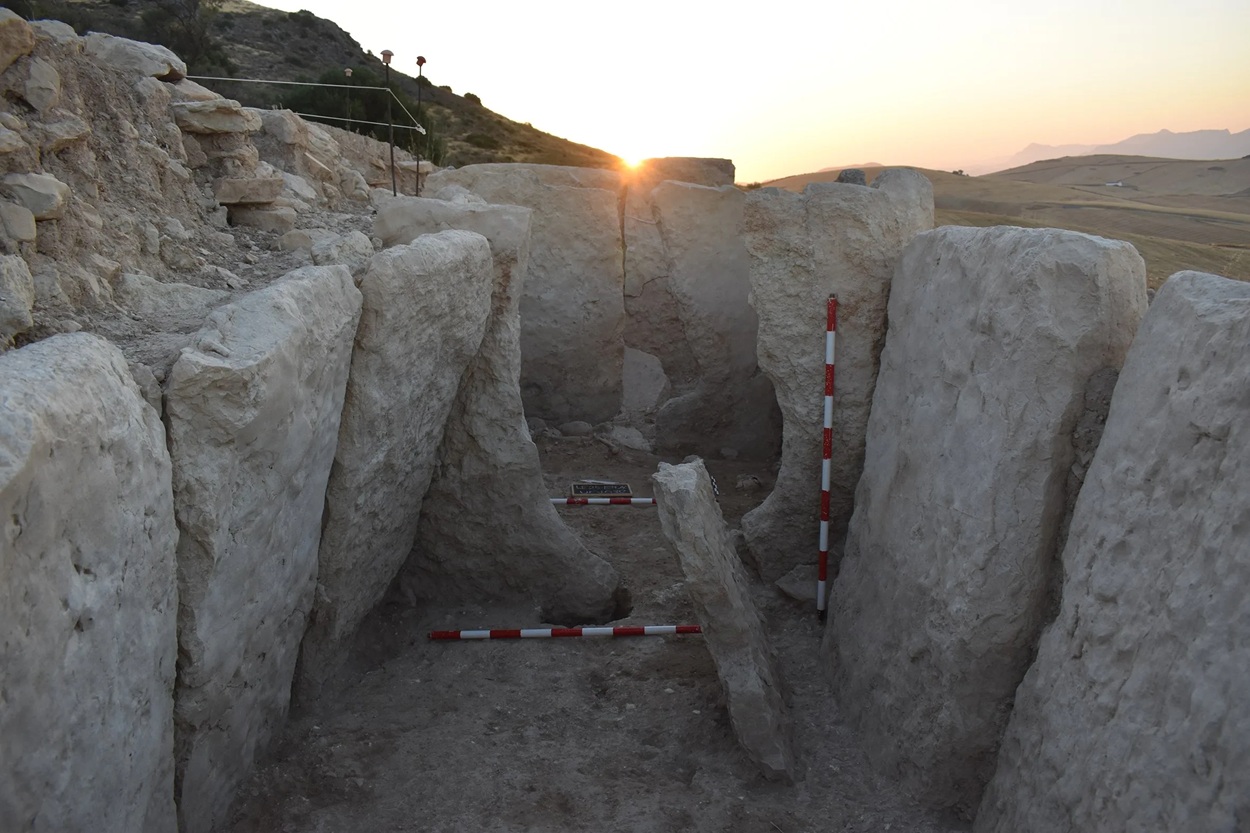Archaeologists from the University of Cádiz have discovered a monumental dolmen complex dating back more than 5,000-years-ago in the Spanish town of Teba in Malaga.
Located in the La Lentejuela necropolis, the 13-metre-long tomb has been described by archaeologists as being in “an exceptional state of preservation”.
Previous studies of the site have identified around 13 megalithic tombs within the necropolis, ranging from simple structures to monumental dolmens. While the earliest tombs date to the late Neolithic and early Copper Age around the fourth millennium BC, later groups returned to reuse the chambers during the Bronze Age.
According to co-director Becerra, “We could be talking about one of the most monumental and complete dolmens in all of Andalusia.” For his part, project co-director Eduardo Vijande emphasised that “the true potential of this structure lies in its extraordinary state of preservation, which will allow us to gain a detailed understanding of the lifestyles and beliefs of these communities.”
Within the interior, several intact ossuary’s and grave goods were unearthed, providing new insights into prehistoric life and funerary practices in southern Iberia. This includes exotic raw materials such as ivory, amber, and seashells, as well as flint pieces such as arrowheads, large-format flint blades, and an exceptional halberd.
The discovery forms part of the project Monumentality, Time, and Society: The Megalithic Phenomenon in the La Lentejuela Necropolis, directed by Drs. Eduardo Vijande and Serafín Becerra of the University of Cádiz’s Thalassa research group.
Work has been carried out over four excavation campaigns, with authorisation from Andalusia’s Department of Culture and Historical Heritage and financial support from the Teba City Council.
Header Image Credit : University of Cádiz
Sources : University of Cádiz





